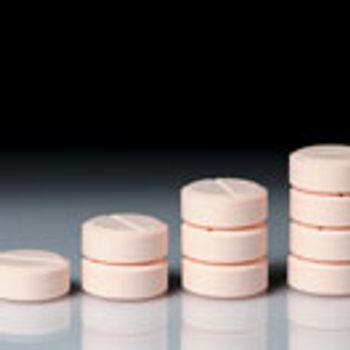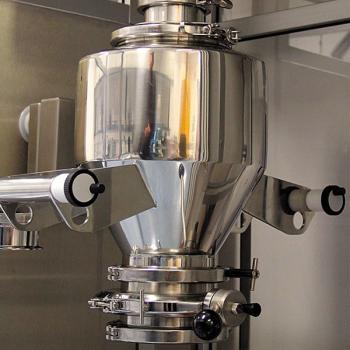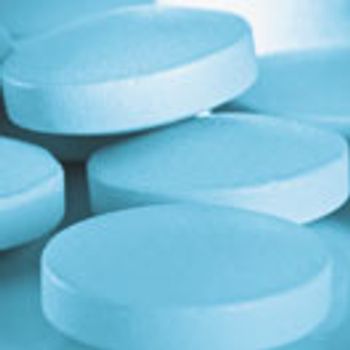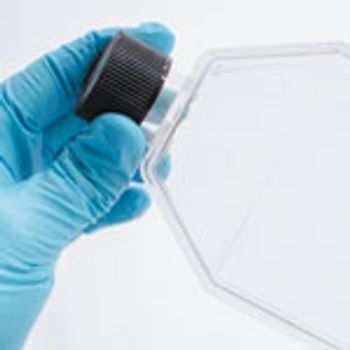
Omya will be presenting its functionalized calcium carbonate for several applications at the show.

Omya will be presenting its functionalized calcium carbonate for several applications at the show.

Biopharmaceutical companies developing new competitive biotech therapies have pressed hard for clarity on the testing and data required by FDA to gain market approval of biosimilars that can be filled by a pharmacist without prescriber preapproval.

Support from FDA, a best practice guide, collaborative research, and new facilities signify progress in solid-dosage continuous manufacturing.

Under this partnership, Johnson & Johnson and BARDA will focus on the advanced development of a small-molecule drug and vaccine for the pandemic flu.

Shingrix represents a new, possibly better alternative to existing treatments.

Merck KGaA completes the divestment of its biosimilars business as part of its strategy to focus on developing a pipeline of innovator drugs.

Continuous twin-screw granulation offers several options for increasing production scale. Thermo Fisher Scientific explains factors to consider in scale-up projects for manufacturing oral solid-dosage drugs.

Drug repurposing, repositioning, and rescue can be faster, cheaper, and target more diseases than traditional drug discovery approaches.

Considerations in selecting a dosage form for drug delivery to the lungs.

This study shows that the presence of API lumps can be detected by inline NIR, and elaborates on why NIR sensor dimensions and actual measured sample volume by the NIR sensor are important variables for adequate interpretation of obtained results.

Pulmonary drug delivery is becoming increasingly used. When developing pulmonary drugs, pharmaceutical chemists must consider drug absorption, control of particle size, suitable toxicology models, and patient compliance. The author reviews the issues specific to developing drugs designed for pulmonary delivery and considers how-with the right knowledge and expertise-these challenges can be overcome.

Functionalized calcium carbonate provides high porosity, which enables fast disintegration, and excellent compactibility that results in harder tablets at low compression forces.

The acquisition of Protein Sciences, a vaccines biotechnology company, strengthens Sanofi’s influenza vaccines portfolio.

FDA halts unproved stem-cell cancer treatments administered to California patients, which was derived from a commercially unavailable military-grade vaccine.

Sensors and communication capability support proper usage, improve compliance, and may enable telemedicine.

The Thermo Scientific Pharma mini implant line is built around the Thermo Scientific Pharma mini HME twin-screw micro compounder.

Cambrex is investing $24 Million in new, highly potent API manufacturing capacity at its Charles City, Iowa site.

FDA requests more detailed information on a post-marketing study for Dynavax’s hep-B vaccine, which will require an extended review time past its August 2017 PDUFA date.

Through its life-sciences business, MilliporeSigma, Merck KGaA will collaborate with Baylor College of Medicine to advance vaccine development for neglected and emerging diseases.

Lonza further expands its micronization services with the acquisition of Swiss contract manufacturer, Micro-Macinazione, following its previous $5.5-billion acquisition of dosage form provider, Capsugel.

Following passage by the House in July 2017, the Senate has voted to pass a reauthorization bill for FDA user-fee programs for drugs and medical devices ahead of the user-fee programs’ expiration date.

CordenPharma is investing €10 Million in a new line at its Plankstadt, Germany site.

Characterization of the product and process is key for process development and scale-up of topical drug manufacturing using a QbD approach.

Media manufacturers are focused on reducing risk, improving quality and consistency, and managing costs.

FDA urges manufacturers to seek fast approval of “high-need” generics and targeted therapies.